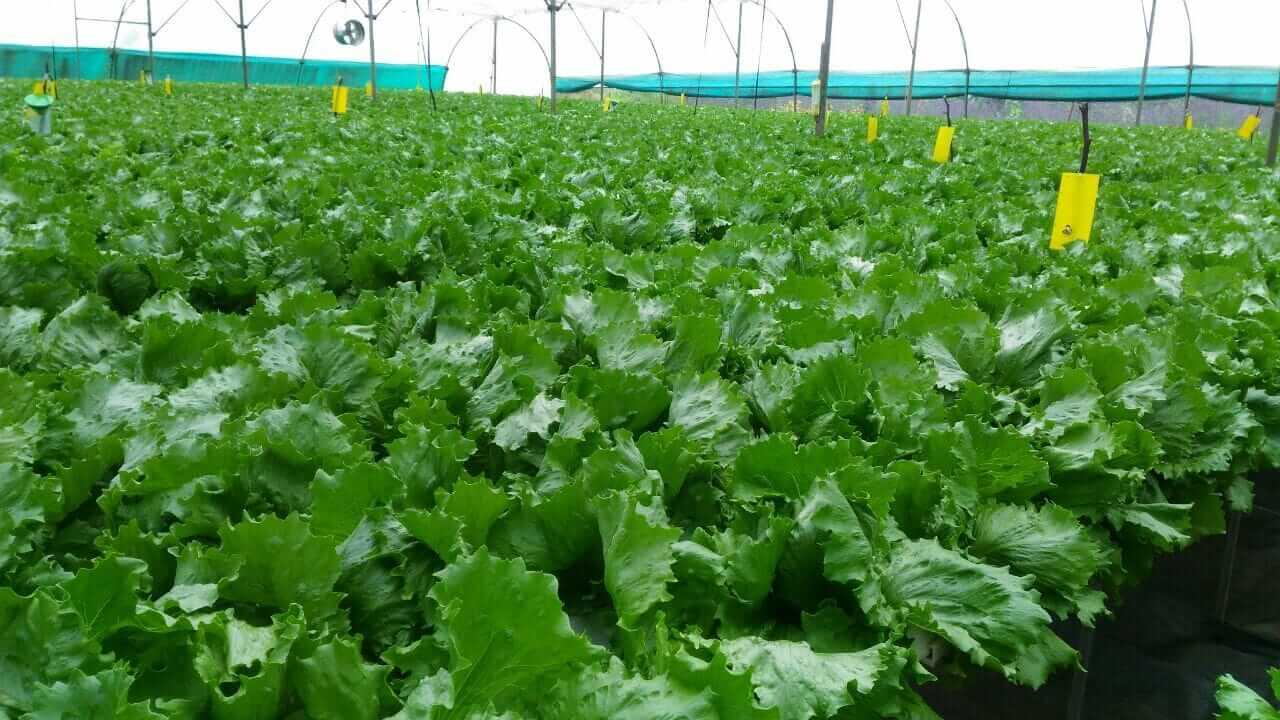
Growing plants without soil
Growing plants without soil
Growing plants in water is a relatively new trend. Though the technique is as old as agriculture itself, this new trend has recently emerged and enamored people both young and old. Hydroponics technology in India is a very new affair and still enjoys a warm glow of novelty. Commercial farming is just catching up in India and is emerging as a viable entrepreneurial option among many of the youth that has come to realize that the rat race is not for them.
Agriculture is some sense has now become a reprieve from the modern world, but given how society and our media skews our view towards getting our hands dirty the old soil and cattle method of agriculture doesn’t help uplift the image or provide for a better social standing. Hydroponics, on the other hand, seems to be a unique intersection of the old and the new. It still deals with growing plants but using technology and data to do so. This type of farming often referred to as smart farming has really opened up the floodgates for agri entrepreneurs and their myriad of ideas. From the DIY garage junkie to the multinational corporates everyone has their own ideas of hydroponic systems design. This is true because hydroponics technology is, in essence, is nothing but using water to deliver all the nutrients that the plants require directly to the root system, instead of waiting for the plant to absorb the same via the soil. Once the basics are clear, one can use everyday household materials to design hydroponics systems. The most basic technique known as DWC also known as deep water culture requires one to just have a reservoir and a styrofoam float to hold the plant above the surface of the water.
Given India’s propensity to jugaad their way through any situation many fly by night operators have started developing their own hydroponics systems designs both for hobby purposes as well as for commercial farming needs. There are many legitimate issues that can arise from cutting corners when it comes to food production, for example, many hydroponics equipment suppliers use PVC pipes to build the channels, little that they know that the grade of PVC that is used in India releases harmful fumes when used in conjunction with the nutrients. These materials are not food grade materials and thereby presents a legitimate threat to the end consumers. Hydroponics systems design for commercial farming might seem simple as it appears to be plastic gullies and pumps. But it is very complex and requires in-depth knowledge in order to ensure safety protocols.
Hydroponic technology in India is under threat because of these errant players who try to use their jugaad principles to cut costs and undercut others this combined with the love of low cost that the typical Indian businessman cherishes leads to a compromised situation that sets up the individual farmer/business owner for failure. The inability of the failed business owner to connect their cost-cutting activities to their failure eventually leads to an erosion of confidence in the technology as they come to a common conclusion that hydroponics does not work In India.
